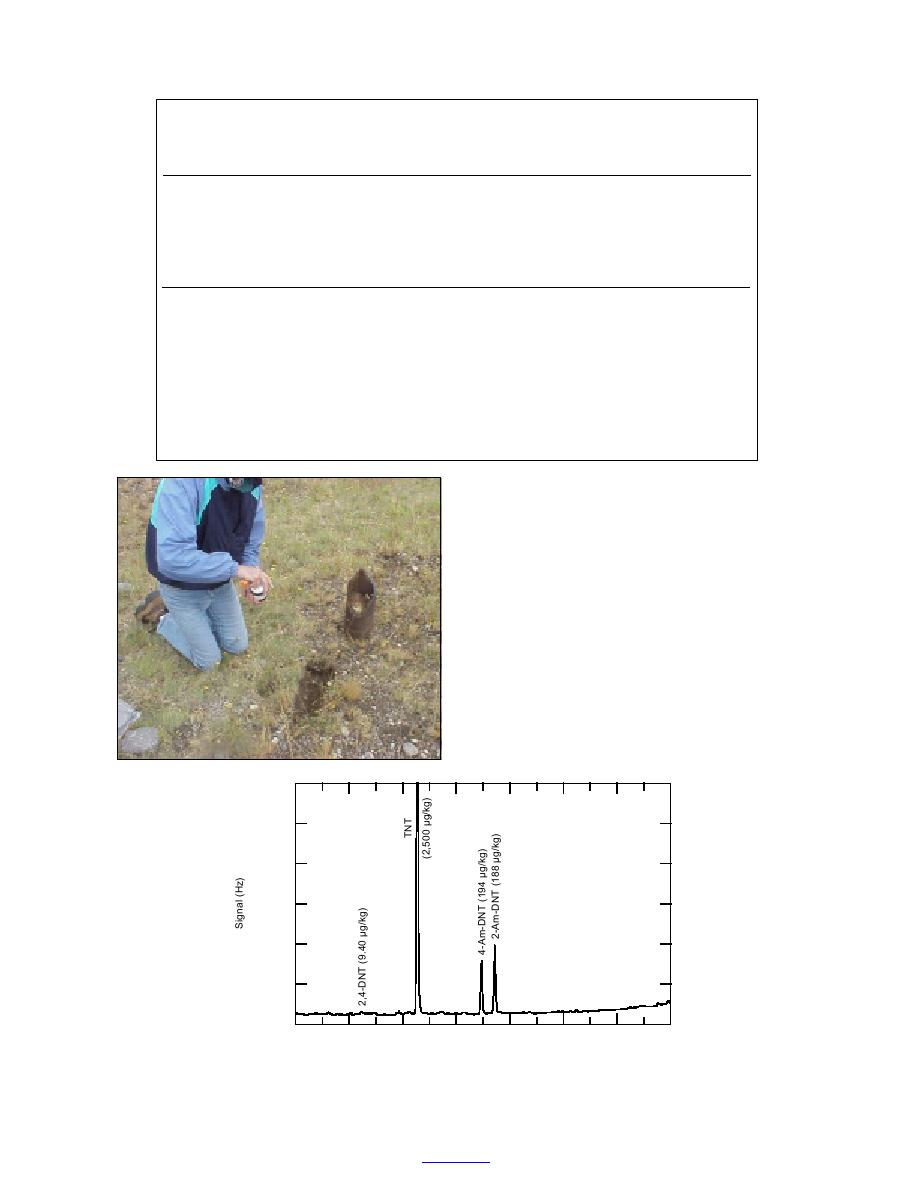
Table 9. Explosives concentrations in proximity to a single low-order detonation of a 155-mm
round on the artillery range at Fort Lewis (g kg1 except where noted).1
Sample
Location2
no.
TNT
2,4DNT
2,6DNT
4ADNT
2ADNT
1,3-DNB
1,3,5TNB
2,5DNT
Residue3
<d4
104
99.96%
0.04%
<d
<d
<d
<d
<d
107
Surface
1.51e7
4.01e4
<d
1.1e5
1.02e5
1.21e3
1.47e4
<d
5 cm5
7.1e5
1.e4
264
1.46e5
1.53e5
281
<d
368
111
10 cm5
4.63e4
1.96e4
41.2
2.e4
2.97e4
37.4
141
25.9
112
15 cm5W6
108
2.5e3
9.4
<d
194
188
<d
62.5
<d
15 cm5E
109
886
52.7
6.1
3.e3
3.38e3
<d
66.0
<d
15 cm5S
1.5e4
221
7.7
7.23e3
7.69e3
10.4
382
<d
110
1
Values are for surface soils except where noted. The following undetected analytes were excluded from the
table: HMX, RDX, nitroglycerin, 2,5-dinitrotoluene, 3,4-dinitrotoluene. The following analytes were excluded
from the table, but were detected in sample 111 (concentrations are given in parentheses): 2,4,5-trinitrotolu-
ene (69.0), and 2,3,4-trinitrotoluene (17.9). The following analytes were excluded from the table, but were
detected in sample 112, 4-amino-2-nitrotoluene, 2-amino-4-nitrotoluene, 3,5-dinitroanailine, 3,5-dinitrotoluene,
3-nitroaniline.
2
Locations are relative to the low-order round.
3
High-explosive residue remaining in the low-order shell.
4
Less than detection limits.
5
Depth beneath the round.
6
Direction from the round. W = west, E = east, S = south.
Figure 18. Sampling a 155-mm round that was bro-
ken open by a low-order detonation.
30,000
RTX-5
Sample #108
25,000
20,000
15,000
10,000
5,000
0
5
7
9
11
13
15
3
17
Time (min.)
Figure 19. Chromatogram of soil collected 15 cm west of a 155-mm
round that was broken open by a low-order detonation.
23
To contents



 Previous Page
Previous Page
